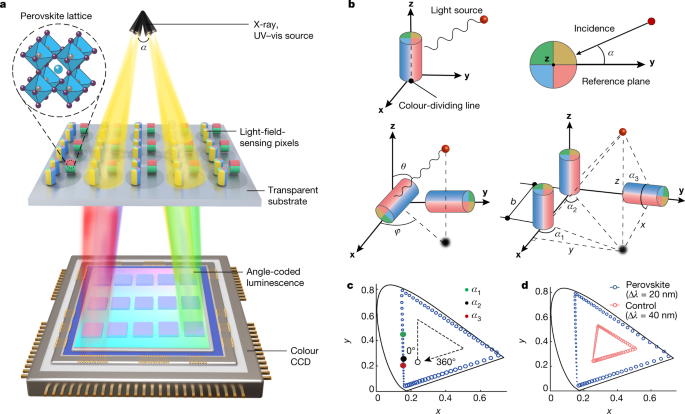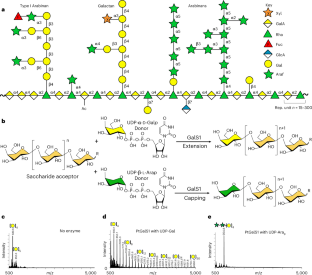2023-05-11 シンガポール国立大学(NUS)
◆この技術は、自動運転車、バーチャルリアリティ、生物画像などの先進的なアプリケーションに適用でき、より正確な3Dシーン構築が可能になります。このブレークスルーは、2023年5月10日に『Nature』誌に掲載されました。
<関連情報>
- https://news.nus.edu.sg/novel-light-field-sensor-for-3d-scene-construction/
- https://www.nature.com/articles/s41586-023-05978-w
画素化された色変換によるX線から可視光線への光場検出 X-ray-to-visible light-field detection through pixelated colour conversion
Luying Yi,Bo Hou,He Zhao & Xiaogang Liu
Nature Published:10 May 2023
DOI:https://doi.org/10.1038/s41586-023-05978-w

Abstract
Light-field detection measures both the intensity of light rays and their precise direction in free space. However, current light-field detection techniques either require complex microlens arrays or are limited to the ultraviolet–visible light wavelength ranges1,2,3,4. Here we present a robust, scalable method based on lithographically patterned perovskite nanocrystal arrays that can be used to determine radiation vectors from X-rays to visible light (0.002–550 nm). With these multicolour nanocrystal arrays, light rays from specific directions can be converted into pixelated colour outputs with an angular resolution of 0.0018°. We find that three-dimensional light-field detection and spatial positioning of light sources are possible by modifying nanocrystal arrays with specific orientations. We also demonstrate three-dimensional object imaging and visible light and X-ray phase-contrast imaging by combining pixelated nanocrystal arrays with a colour charge-coupled device. The ability to detect light direction beyond optical wavelengths through colour-contrast encoding could enable new applications, for example, in three-dimensional phase-contrast imaging, robotics, virtual reality, tomographic biological imaging and satellite autonomous navigation.



